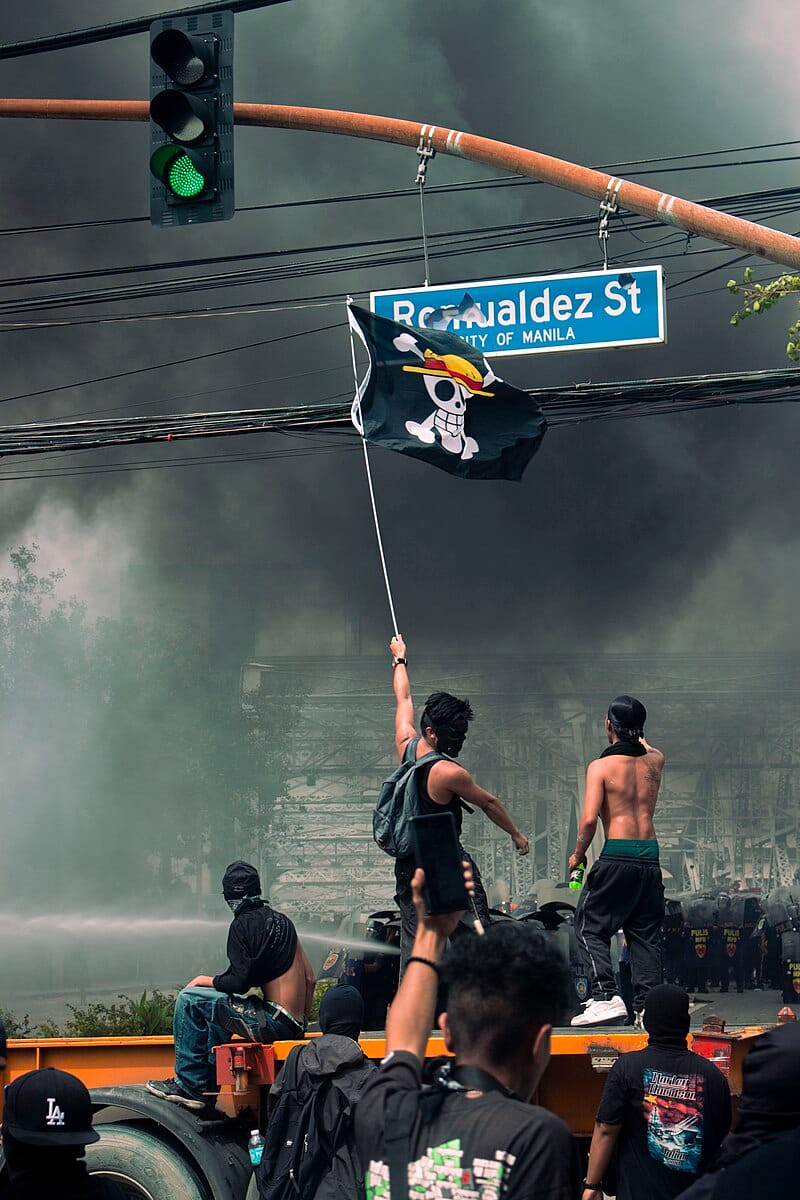The Path Forward for Gen Z

Global south countries have recently experienced an explosion of generation Z unrest. No longer willing to deal with corruption, inequality, and lack of basic services Generation Z has convulsed Peru, Madagascar, Morrocco, Nepal, and the Philippines. They have taken their symbol from the manga One Piece in which a pirate called Luffy fights autocracy. The protests have led to clashes with the authorities and even in some cases to the collapse of ruling administrations.
However, there is not yet a specific political vision that has arisen from these protests. They are driven by an understandable primal desire among youth for change, but there is no particular vision for how to achieve this change. As a result, the protestors have usually defaulted to demanding a change of guard in political leadership or even entering government themselves. This is because until social movements see the issues they militate against as connected to the existing social order, they will endeavor to effect minor changes and work within that social order. This is problematic because it's clear how the basic mechanisms of the capitalist world-system and its hierarchy of bureaucratic and coercive state structures produce the reality Gen Z is fighting against.
Capitalism is a social system that concentrates societies benefits at the top. It is based on the ability of the business owning class to make profits by paying workers less than what the commodities they produce can be sold for. Therefore, capitalism can only continue by the appropriation of the unpaid labor of workers by capitalists and capitalists will always seek to increase the speed and intensity of labor while lowering pay for workers in order to extract more profits. This squeeze produces a phenomenon called "polarization" in which inequality diminishes the amount of people in the middle of the socioeconomic latter while increasing the amount of people at the bottom and the top. The rich get richer, and the poor get poorer.
The nation-state structures which rule populations exist to aid and abet capitalists in this this class struggle. Through corruption, subsidy, and protection of property rights the state structures facilitate the capture of surplus value (what workers produce over and above what they are paid) by the capitalist class and thus the appropriation of the working class's unpaid labor. Workers are squeezed even more than they were decades ago because of the onset of neoliberalism in the 80s in which social spending was slashed, the power of labor broken, and the free movement of capital enhanced. Today the austerity continues along with ballooning government debt and protectionism. These trends facilitating current political-economic problems are not the result of bad political leadership, but the result of the natural unfolding of the capitalist world-economy over the past 500 years.
The solution has to be the replacement of capitalism with a social system that does not concentrate society's benefits at the top. This would be a humane social system without class struggle and without class divisions in which free and equal associations of producers rationally organize social production to facilitate the sustenance and creative development of all human beings. Only the replacement of capitalism with this non-hierarchical social order can ensure a permanent end to inequality, poverty, and corruption. Trying to fix problems in these countries by wielding the state structures will come to nothing. These structures exist to facilitate class inequality and domination.
Instead, Gen Z needs to join workers of other generations to organize worker-controlled labor associations open to all workers. These associations can facilitate the building of a self-organized labor movement which can win victories for workers in the immediate future, train workers to run the new society themselves by running the movement themselves, and ultimately build the international strength required to rest power from the capitalist state and the capitalist class and transform the world-system. The militancy of Gen Z can push these self-organized labor associations in a militant direction toward the social revolution. This is the strategy of Anarcho-Syndicalism.
Sources
What to Know About Gen Z Protests Around the World, Time
World-Systems Analysis: An Introduction, Wallerstein
Anarcho-Syndicalism: Theory and Practice, Rocker





